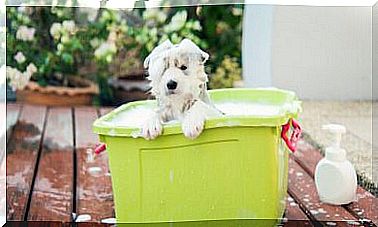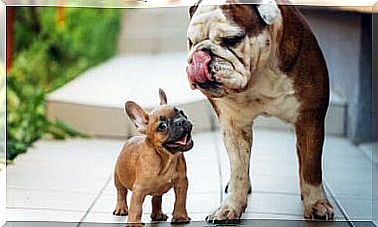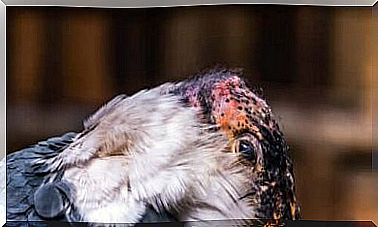How To Maintain Your Cat’s Oral Hygiene?
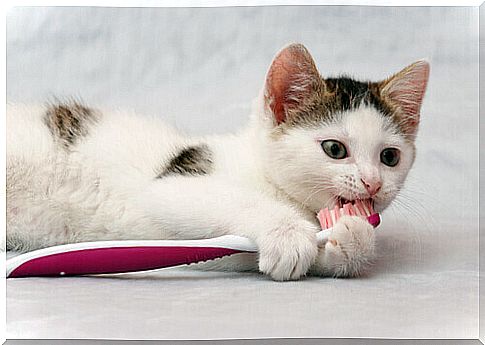
The number of diagnoses of dental diseases is increasing in domestic cats. These diseases are often painful and uncomfortable for the animal. Taking care of your cat’s oral hygiene is essential to prevent such diseases and preserve its health.
The importance of your cat’s oral hygiene
Oral hygiene is a fundamental part of correct preventive medicine for all species. Cats need oral care to ensure a proper digestive process and prevent the proliferation of microorganisms.
Oral disorders and dental disease often originate from an accumulation of tartar on the teeth and gums; and halitosis is often the first symptom that there is an imbalance in your cat’s mouth.
These imbalances are almost always the result of poor dental hygiene or directly due to its absence. Daily brushing is the only way to eliminate bacterial plaque and prevent tartar formation. Therefore, it is essential to reaffirm the importance of your cat’s oral hygiene.
Plaques and tartar: what they are and why it’s important to fight them
During their daily feeding, cats often accumulate food particles between their teeth and in their gums. These zones offer optimal conditions for the appearance and accelerated development of different bacteria.
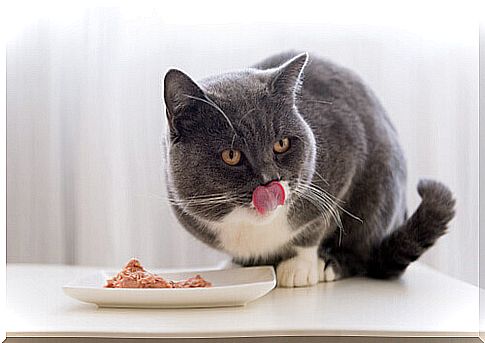
The presence of such bacteria, together with sugar molecules and food waste, lead to the formation of plaque. Plaques are thin, colorless, sticky films that adhere to teeth and gums.
This phenomenon produces a feedback, where the plaques start to serve as food for the very bacteria that cause it. This generates a production of toxins and acids that irritate the gums and erode tooth enamel.
If plaques are not removed in time, they mix with the minerals in saliva and harden. Tartar, also called dental calculus, is precisely the result of calcification of bacterial plaques. Once tartar is formed, bacteria adhere to the tooth and penetrate the enamel; giving way to caries.
How to eliminate tartar from your cat?
When the plaques calcify and form tartar, it is no longer possible to remove it with regular brushing. It is then necessary a surgical intervention, with anesthesia from a veterinarian specializing in feline dentistry. The type of intervention, its intensity and recovery vary according to the advancement of tartar in each animal.
Again, it is worth remembering the importance of prevention. Simple attitudes ensure your cat’s good oral hygiene, in addition to avoiding pain and more complex treatments.
Balanced nutrition: the key to balanced oral health
An unbalanced diet can cause many diseases : from bad breath to obesity, digestive problems and diabetes.
Balanced food should be chosen first according to the age and size of the feline. There are also commercial pet foods for special conditions such as allergies, overweight, urinary, kidney or liver problems.
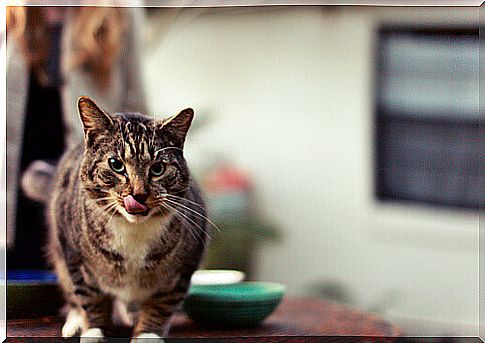
Currently, some innovative foods try to reduce the formation of plaques with mechanical excoriation strategies and chemical substances. However, its effects do not replace the need for daily brushing.
Oral hygiene: tips to easily brush your pet’s teeth
1- Adapt it from a puppy
Similar to humans, felines must be adapted to the habit of brushing their teeth daily. Therefore, it is important to start taking care of your cat’s oral hygiene from the first few weeks of life.
2- Use specific products for cats
Human toothpastes can damage tooth enamel and poison the animal. There are specific toothbrushes and products for cats of all ages. Many pet toothpastes have pleasant flavors and aromas, such as meat and chicken.
3- Positively associate the moment of brushing
Of course, your cat will be suspicious or stressed by the experience. Therefore, it is important to reduce the tension at the time of brushing.
It is recommended to simulate that the activity is a game to stimulate and distract you. Start playing with touching your mouth and teeth. When the cat feels comfortable, you can then introduce the brush and begin gently cleaning its teeth.
4- Carefully brush your teeth and gums
Brushing should be careful and thorough, cleaning teeth and gums. These last ones require special smoothness to avoid any bleeding.
Brushing should reach all corners of your cat’s mouth. Also, teeth should be brushed from top to bottom, right to left. It is also recommended to make small circular movements.



